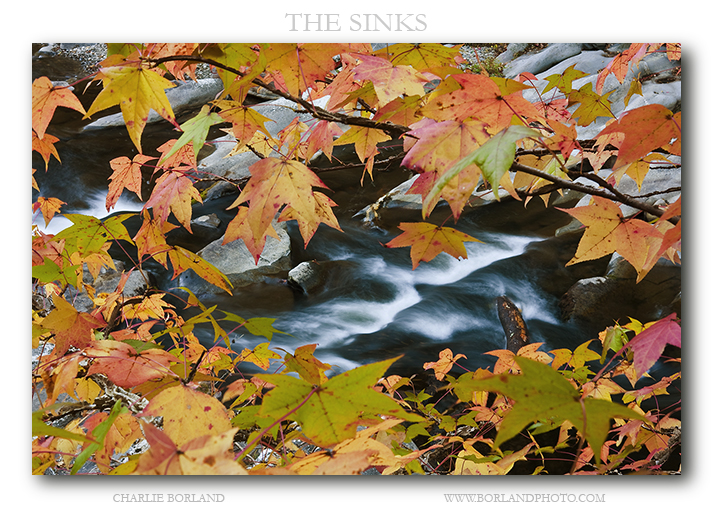


Here’s a photo from Pt. Imperial where I made the journey from outside the park to the rim before sunrise. It was a perfect morning with pretty clear skies.

I took the photograph before sunrise at 6:40 am which was 13 minutes before sunrise. When shooting pre-sunrise, if you start early when the alpenglow type light is evident, you have less contrast compared to the minutes before the sunrise.
As I was hiking the desert this last winter, I spotted an area where rain had collected and created this pattern. What I thought was very interesting was how the mud was totally wet and then following the cracks, totally dry. It made for a nice composition was my feeling and I shot it with an iPhone.
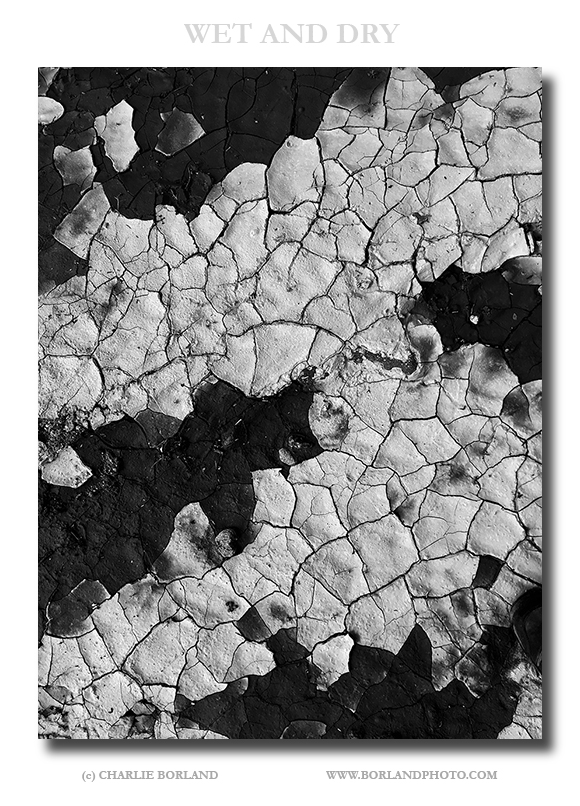
But you can see by this pre-processed image below, the photo would not work without some good processing since it was totally flat looking.
I think Death Valley is SO amazing!
I have photographed in every state in the lower 48 and while our country has the most amazing diversity of landscapes, for me Death Valley is the most unique!
Just my humble opinion!
I have been there more times than I can count and there is always something new. On my last trip, I was driving a road when I spotted the pitch black, almost coal colored geology in the far distance. So I hiked down there and photographed some variety of scenes, all under an overcast sky.
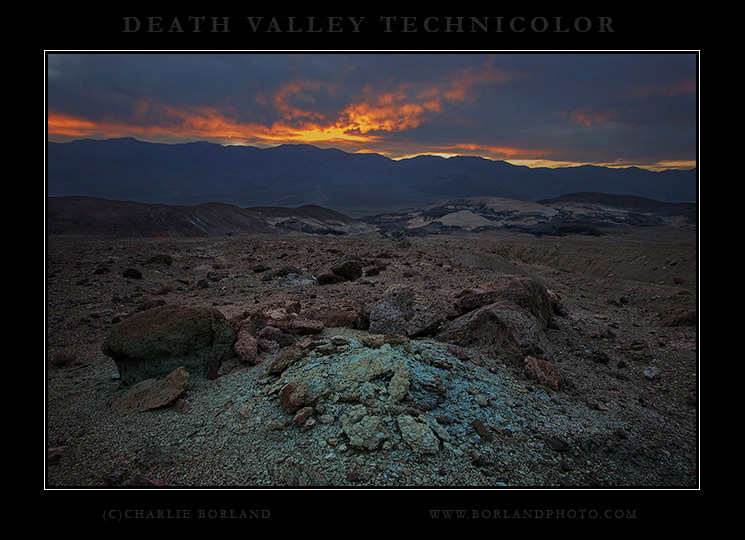 When the sun was setting (before the color show) I started back when I stumbled on this scene of turquoise colored sediment. I have no idea what it was (I am not a geologist) but I knew it would make for a great foreground.
When the sun was setting (before the color show) I started back when I stumbled on this scene of turquoise colored sediment. I have no idea what it was (I am not a geologist) but I knew it would make for a great foreground.
The flowers are out and while I have only hit this location in western AZ, near the CA border, I am hoping to head to the Superstition Mountain and search for their wildflowers soon.
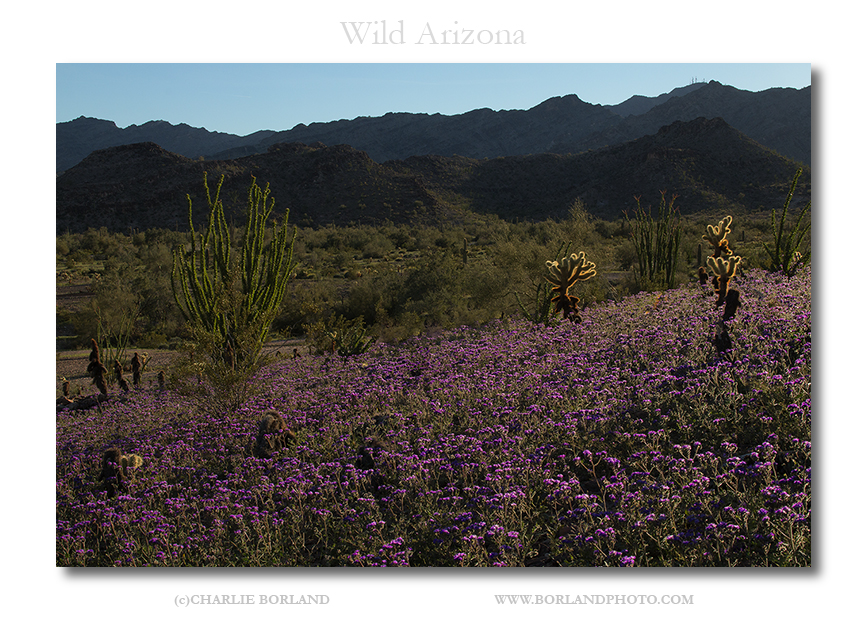
Canon 70D 28-70 f/16 set to 28mm
I zoomed in on this landscape a little. rather than go real wide and the reason is that the foreground flowers are not that close together. But standing further back and zooming slightly, I was able to stack teh flowers and make them look more condensed.
For processing, I am now a big fan of Sean Bagshaw’s Luminosity Mask system where I can select individual sections of an image based on tonal values, or colors, and process each of those individually and it works great.
Check out my ebooks and online courses on the right sidebar.
On a trip through Montana, I went into the Beaverhead NF to explore the ghost town of Coolidge.
While the ghost town was not that photogenic, Elkhorn Creek was lined with some great color.
This fallen log was jammed with debri creating a cascade in the creek. Throw in the rocks and you have a nice balance of blurred water, the still creek leading you to through the picture, and the lines of the colorful willow.

For processing, I used luminosity masks to add detail to the flowing water by darkening it slightly. Then selecting the colorful willows and bumping contrast and saturation, selectively.
Finally, I selected the green forest in the background and darkened them to allow the colorful willow stand out more.
Checkout my eBook, online courses, on the right sidebar.
Related Posts: HDR and Exposure Blending in Glacier NP, Compositing 6 of Me Into One Image
10 days ago or so, I taught outdoor portrait lighting techniques at the Cascade Center of Photography in Bend, Oregon. I demonstrated multiple techniques including reflectors, diffusion panels, and wireless flash.

We went to a location where there was a field of wildflowers that we could use as a background, or in this case, our entire scene. Our model here is Justine and she was gracious enough to kneel in the flowers on a small trail that goes through the field.
This portrait was taken last week during my Outdoor Lighting Portrait workshop at the Cascade Center of Photography. We chose to shoot at a field of wildflowers for this colorful background. The model is Kim and the purpose of this portrait example for the students was to shoot after sunset and then light the model with flash.
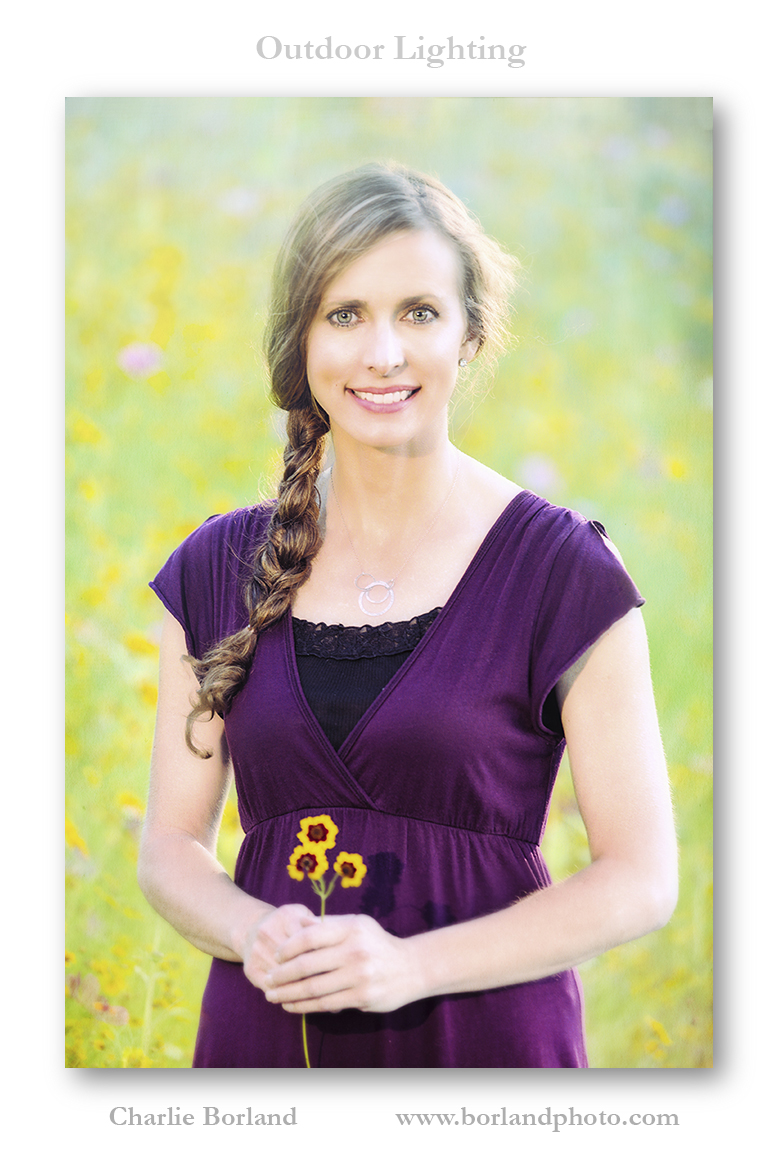
The reason to wait for the sun to set is to reduce lighting contrast substantially, then reintroduce light by adding flash to increase lighting contrast-but contrast that I am now in control of.
I have a lot of fall color photography from the last 35 years. Great groups of aspens on a mountainside, full frame images of hillsides in New Hampshire’s White Mountains, aspen lined canyons in the Oregon desert, and much more from many places.
On my last trip to the Great Smoky Mountains teaching a photography workshop with my friend Lewis Kemper during fall color, it was a warm, wet fall and the big landscapes weren’t that great.
